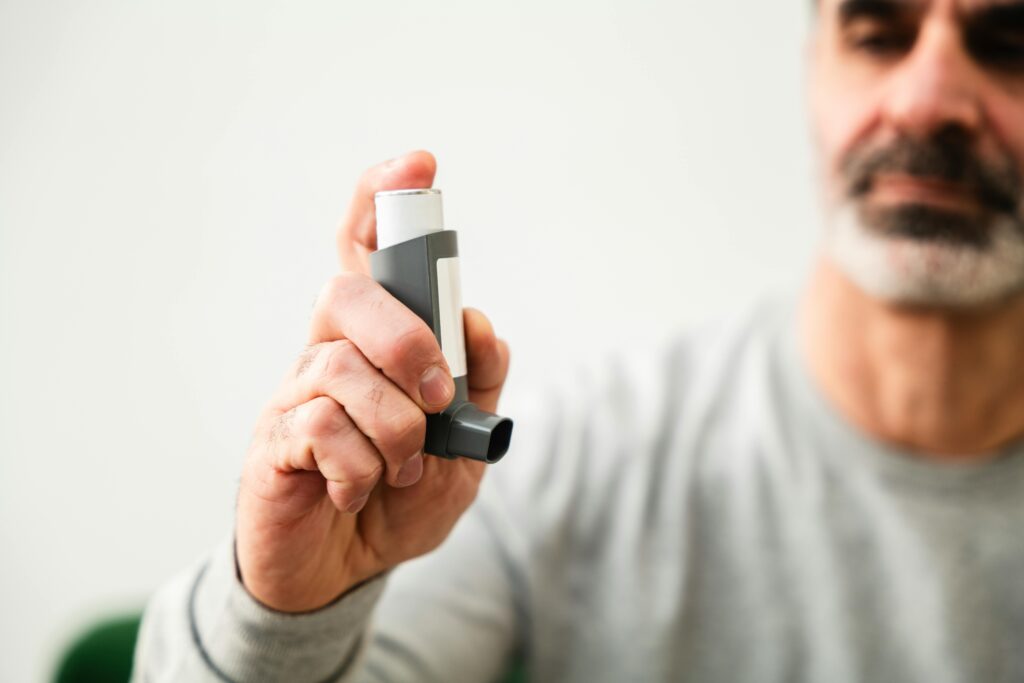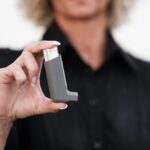Asthma is commonly associated with wheezing, coughing, and breathlessness, but did you know that not all asthma attacks present these obvious symptoms? Silent asthma is a less recognized but equally dangerous form of asthma that can go unnoticed until it becomes severe.
What is Silent Asthma?
Silent asthma, also called “silent chest” asthma, occurs when an individual experiences asthma attacks without the typical wheezing or noticeable symptoms. This makes it difficult to detect, leading to delayed treatment and a higher risk of severe attacks.
How is it Different from Traditional Asthma?
| Feature | Traditional Asthma | Silent Asthma |
|---|---|---|
| Symptoms | Wheezing, coughing, chest tightness, breathlessness | Few or no noticeable symptoms, sometimes mild breathlessness |
| Wheezing | Common and a key symptom | Absent or very minimal |
| Breathing Sounds | Audible wheezing or noisy breathing | Quiet, even when airflow is restricted |
| Diagnosis | Easier to detect through symptoms and spirometry tests | Harder to diagnose due to lack of symptoms |
| Risk Level | Can be controlled with proper medication | Often diagnosed late, increasing the risk of severe attacks |
| Response to Triggers | Immediate reaction with visible symptoms | Subtle or delayed response, which can be dangerous |
Why is Silent Asthma Dangerous?
Since silent asthma doesn’t show clear symptoms, many people fail to realize they are having an attack until their airways are severely blocked. By the time they seek help, their oxygen levels may have already dropped significantly, leading to a medical emergency.
How to Recognize Silent Asthma?
Even though there is no wheezing, you should watch out for:
- Increased breathlessness, especially after physical activity.
- Unexplained fatigue or feeling unusually tired.
- Difficulty speaking in long sentences.
- A tight sensation in the chest.
- Using accessory muscles (shoulders, neck) to breathe.
Who is at Risk?
- People with a history of asthma who don’t experience frequent wheezing.
- Those with nocturnal asthma (as symptoms worsen at night)
- Individuals with poor symptom perception, meaning they don’t realize their breathing is getting worse.
Diagnosis and Management
Since silent asthma is difficult to detect, it’s essential to:
🩺 Monitor Peak Flow: Use a peak flow meter to track lung function daily
🩺 Regular Checkups: Get lung function tests even if you feel fine
🩺 Be Aware of Subtle Symptoms: Don’t ignore breathlessness, fatigue, or difficulty speaking
🩺 Stick to Your Asthma Action Plan: Always follow your doctor’s treatment plan
🚨 If you ever feel like you can’t breathe properly, even without wheezing, seek medical help immediately.
Have you or someone you know experienced silent asthma? Share your story in the asthma friend community. Let’s raise awareness about this hidden danger.












